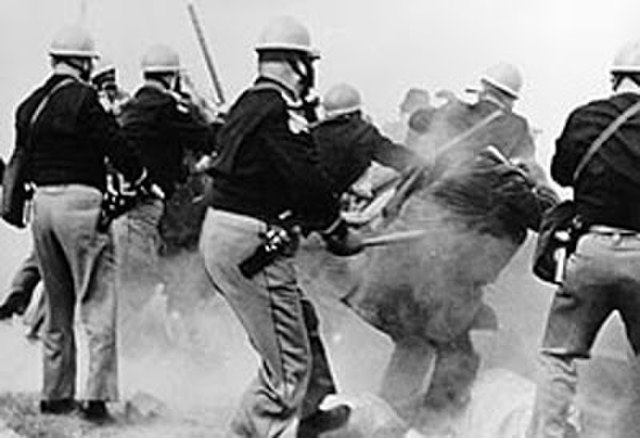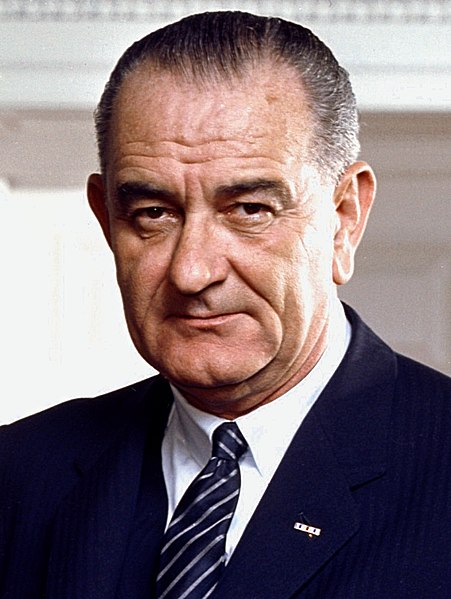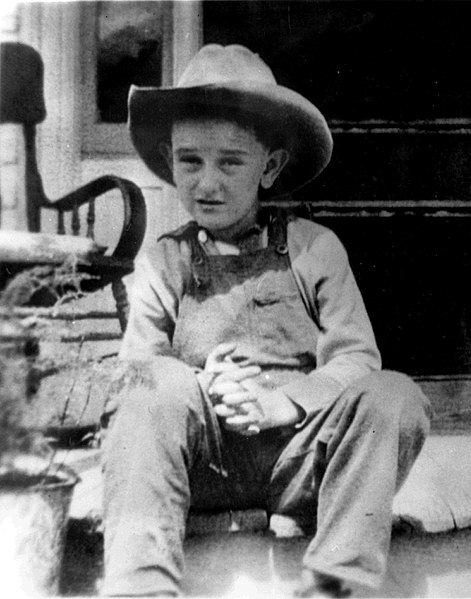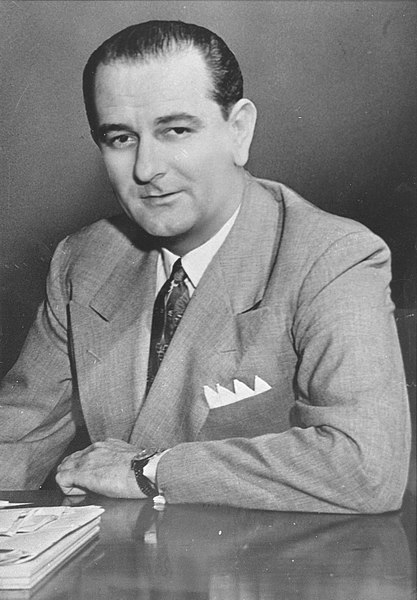Voting Rights Act of 1965
The Voting Rights Act of 1965 is a landmark piece of federal legislation in the United States that prohibits racial discrimination in voting. It was signed into law by President Lyndon B. Johnson during the height of the civil rights movement on August 6, 1965, and Congress later amended the Act five times to expand its protections. Designed to enforce the voting rights protected by the Fourteenth and Fifteenth Amendments to the United States Constitution, the Act sought to secure the right to vote for racial minorities throughout the country, especially in the South. According to the U.S. Department of Justice, the Act is considered to be the most effective piece of federal civil rights legislation ever enacted in the country. The National Archives and Records Administration stated: "The Voting Rights Act of 1965 was the most significant statutory change in the relationship between the federal and state governments in the area of voting since the Reconstruction period following the Civil War".

Alabama police in 1965 attack voting rights marchers on "Bloody Sunday", the first of the Selma to Montgomery marches
Fannie Lou Hamer, founder of Freedom Farm Cooperative, speaks on behalf of SNCC regarding African-American rights to vote.
United States President Lyndon B. Johnson, Martin Luther King Jr., and Rosa Parks at the signing of the Voting Rights Act on August 6, 1965
United States President George W. Bush signs amendments to the Act in July 2006
Lyndon Baines Johnson, often referred to by his initials LBJ, was an American politician who served as the 36th president of the United States from 1963 to 1969. He became president after the assassination of John F. Kennedy, under whom he had served as the 37th vice president from 1961 to 1963. A Democrat from Texas, Johnson also served as a U.S. representative and U.S. senator.
Official portrait, 1964
A seven-year-old Johnson, wearing his trademark cowboy hat, at his childhood farmhouse near Stonewall, Texas, in 1915
Johnson as a lieutenant commander in the U.S. Naval Reserve in March 1942
Johnson's United States Senate portrait in the 1950s








